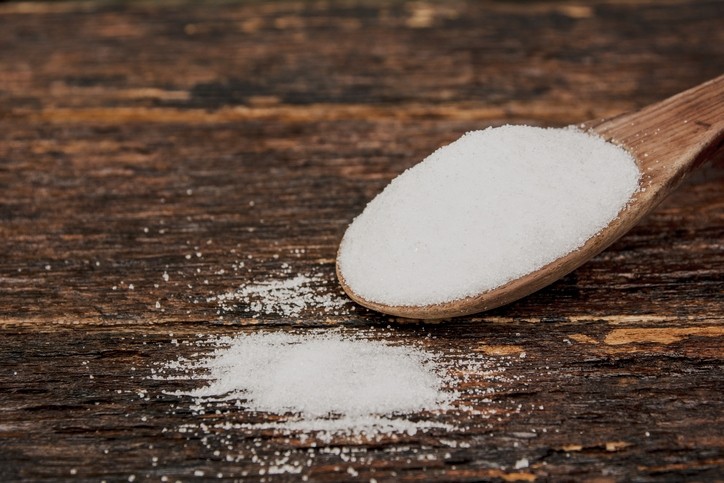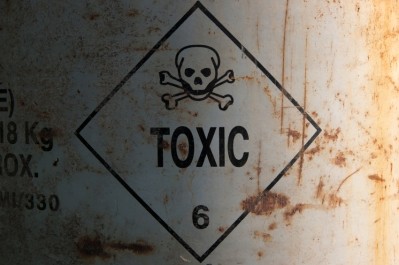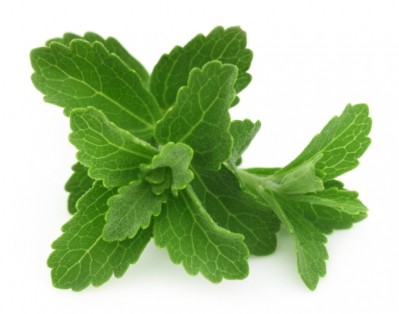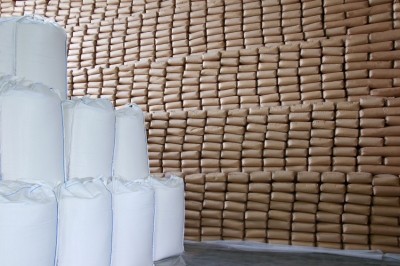Isoglucose is not more of a health risk than sugar - if its fructose content does not increase: BfR

Isoglucose syrup, which can be made from corn starch or wheat starch, is cheap to manufacture and its non-crystalline consistency gives it a number of functional advantages for manufacturers, particularly for soft drinks but also cakes, sauces and yoghurts.
Depending on how it is made, isoglucose can have varying proportions of glucose to fructose, with a fructose of more than 42% it tastes sweeter than sucrose.
According to the report by the German Federal Institute for Risk Assessment (BfR), the type of isoglucose currently used in the EU contains glucose and fructose in roughly comparable amounts to sucrose.
“In this case, it can be expected that there are no differences or no significant differences between isoglucose and sucrose from a nutritional perspective and that the health assessments of these two substances for sweetening foods are thus also similar.
“However, the prerequisite for this is that the intake level of added sugars does not increase significantly overall.”
It warned that if manufacturers begin to use isoglucose variants with a significantly higher proportion of fructose in processed foods, and these are eaten regularly in large amounts, the possible adverse effects of this sugar on the metabolism “must be pointed out”.
The European Food Safety Authority (EFSA) has not conducted a safety evaluation of isoglucose. However, a 2011 opinion on a health claim concluded that if fructose contributes to 25% of an individual's total energy, it can induce dyslipidaemia, insulin resistance and increased visceral adiposity in healthy individuals and in hyperinsulinaemic, insulin-resistant subjects.
BfR also pointed to scientific studies that suggest high levels of fructose in the diet have “significant adverse effects” on the metabolism. However, the German risk assessors added that it is "a subject of controversial discussion", requires further study and cannot be conclusively defined at the present time".
Sweet, cheap and cheerful
Isoglucose is widely used in the US under the name high-fructose corn syrup with a fructose content that varies between 42 and 55%. In Europe, it is listed as either glucose-fructose syrup or fructose-glucose syrup on ingredient lists, depending on the composition.
According to Andreas Delvaux, communication manager at the trade group Starch Europe, which represents European starch and sweetener suppliers, glucose-fructose syrups are more widely used than fructose-glucose syrups in the EU today. “From our own calculations, average Fructose content in isoglucose produced is roughly 25%. The production of fructose-glucose syrups remains very limited,” he said.
Flooding the market?
The EU's highly regulated sugar policy, which set production quotas for sugar beet and isoglucose, came to an end in October 2017, sparking concerns that the newly liberalised market would negatively impact public health as manufacturers switched to the cheaper, sweeter ingredient.
However, according to Starch Europe this has not been the case so far.
“Our feeling from discussions with some members over the last few months, is that production of isoglucose is likely to have decreased slightly, owing primarily to the historically low sugar price," Delvaux told FoodNavigator.
“Isoglucose competes with sucrose, and at the current sugar price level, it is of limited interest for Starch Europe member companies to produce more isoglucose, at the expense of other starch-based products, which command a higher price," he added.
Imports of isoglucose to the EU are also extremely low and will likely continue to remain so as the ingredient is subject to an import duty, he added.
Stick to WHO advice for health
The BfR report concludes that consumers should stick to World Health Organisation (WHO) guidelines for sugar intake.
WHO advises that free sugars account for less than 10 % of the total energy intake per day in adults and children for health reasons, and 5% as a ‘conditional recommendation’.
Free sugars are all monosaccharides and disaccharides added to food and drink by manufacturers, chefs or consumers, as well as the naturally occurring sugar in honey, syrups and fruit juice.
“Existing scientific data clearly indicates that the excessive consumption of sugar added to foods (including added fructose) is undesirable in general, without any special emphasis on particular sugars, and should be avoided or reduced,” said BfR.
























